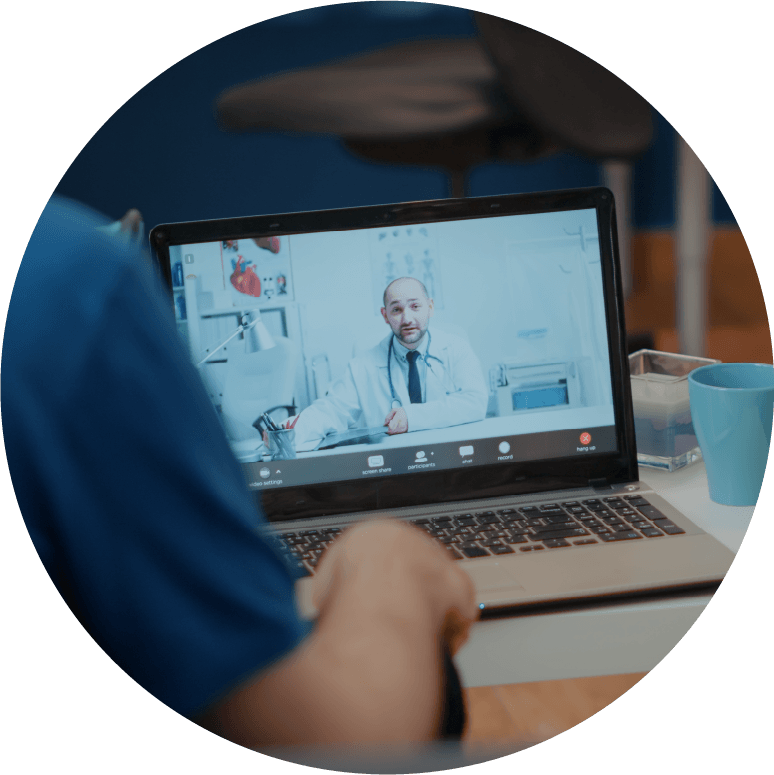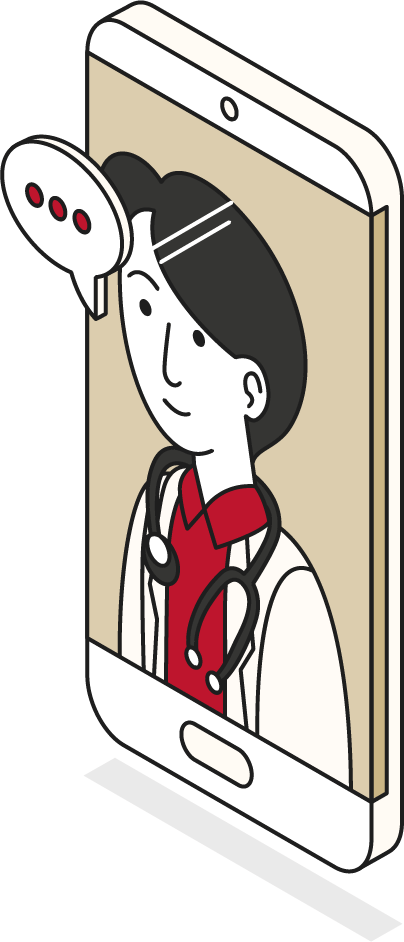First, it can be used to improve clinical follow-up. This can be done using audiovisual teleconsultations, which allow for easier patient access and reduced transport costs. Studies show that these teleconsultations are equally feasible and costly as traditional physical consultations and that patients were very satisfied with the quality of care. Furthermore, there are digital care platforms available to patients and care providers that provide a holistic view on the status of an MS patient. This includes mapping symptoms and treatment (medication and rehabilitation), as well as housing patient information such as clinical test results, MRI images and pre-visit checklists. The goal of such platforms is to improve the early detection of disease activity and support MS care.

Second, smartphones are broadly accessible and are used by the majority of patients with MS. They therefore offer an alternative to traditional on-site testing with paper-pencil tests; symptom screening can be performed by smartphone or tablet applications. A large number of such tests already exists, such as for the detection of cognitive impairment (information processing speed & memory), motor impairment (walking, balance & hand function) and visual impairment. Testing can be done at the patient’s home, at a time of their choosing, without the need for trained personnel. Moreover, by carrying out tests independently, the patient can take a more active role in their own clinical follow-up.

Third, telerehabilitation can be used to improve some of the above-mentioned impairments. This can be done using teleconsultations, internet-based exercise platforms or training software to be installed on the patient’s computer. The content of these training programs differ and can be holistic or targeted at a specific function such as memory or finger dexterity. Treatments have already been investigated, and have been shown to improve cognitive performance, balance and walking performance, physical activity, fatigue and mental health. These telerehabilitation programs can be carried out at home at any time, making it easier to combine with other duties such as (home)work. Furthermore, telerehabilitation has a favorable environmental impact, as they reduce the need for frequent clinic visits, characteristic for traditional in-clinic rehabilitation. The evidence for the effectiveness of these treatments is still limited but ever-growing.

Lastly, telemedicine facilitates research and advanced data analysis by directly storing data digitally, allowing easy integration in clinical and research databases. This for example drives artificial intelligence research typically requiring large data sets to train models.

In summary, studies clearly highlight the effectiveness of telemedicine as a tool to improve patient care, underlining its potential to facilitate future clinical workflows. More research is however needed to bring these new technologies into daily practice.
Dr Delphine Van Laethem, Prof. Stijn Denissen, Prof. Jeroen Van Schependom, Prof. Guy Nagels, AIMS RESEARCH GROUP, VUB & NEUROLOGY DEPARTMENT, UZ BRUSSELS
